Clean Water Program
Public Works
| |
|
|
|
SKAGIT COUNTY MONITORING PROGRAM
|
|
|
| |
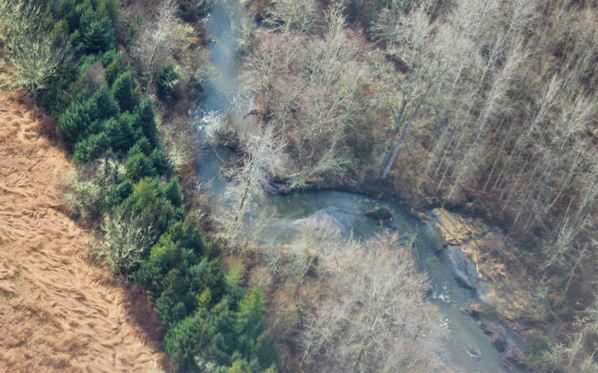
|
|
|
| |
The Skagit County Monitoring Program (SCMP) monitors the health of freshwater streams, rivers, and sloughs across the county through collecting water quality data.
The major goals of the SCMP are to:
- Determine current stream health
- Analyze long term trends
- Support other water quality projects
We started this program in 2003 and now have over two decades of data. This data is an invaluable resource to understand how our local waters are changing and acts as a baseline for future generations.
|
|
|
|
| |
Ambient Sites |
|
|
| |
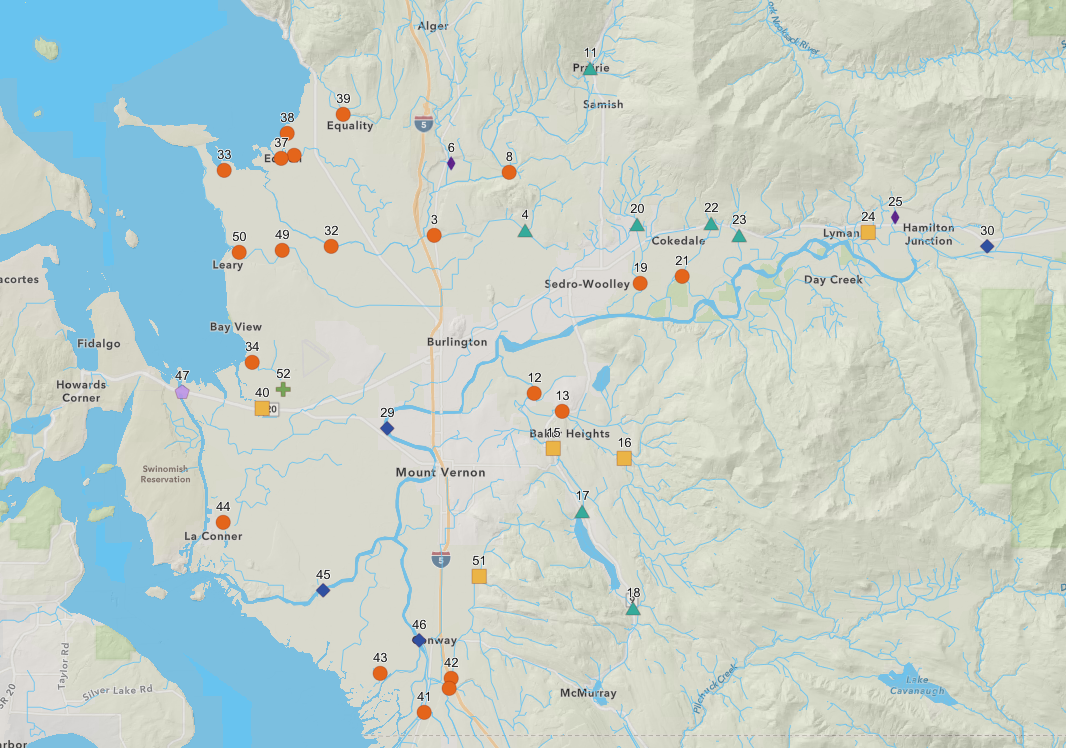
Visit the site list.
We monitor 40 long-term or ambient sampling sites throughout Skagit County, spanning from Hamilton to the Swinomish Channel. Sites are visited every other week.
The County started the SCMP to determine the success of water protection rules in agricultural areas. Because of this, many sites are located in or around agricultural zoning. We chose other sites to support water clean-up efforts in Skagit County.
|
|
|
| |
|
|
|
| |
Sampling Methods |
|
|
| |
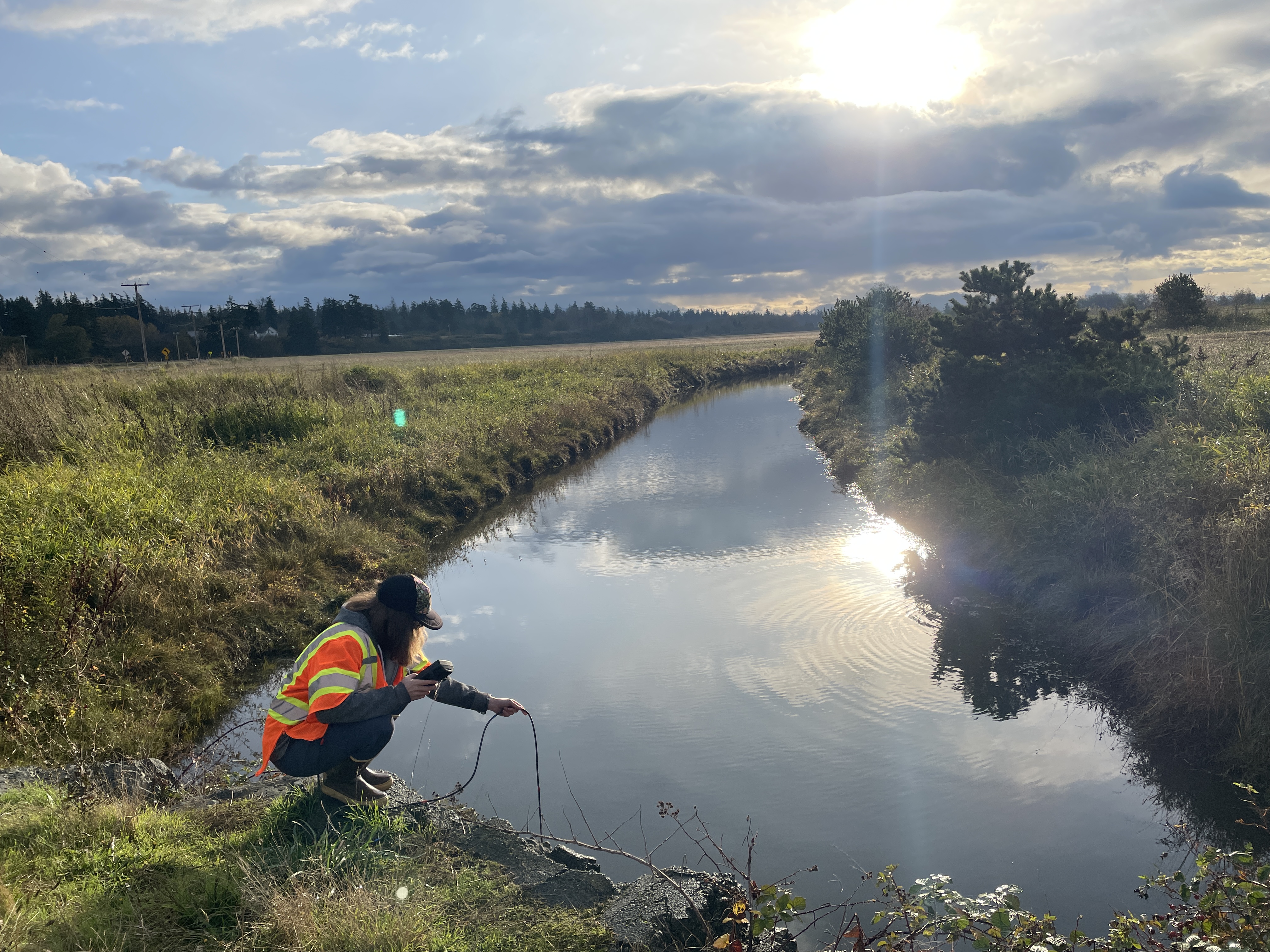
We measure multiple water quality parameters to assess the health of a waterway. On a bi-weekly basis we test for basic water quality parameters including temperature, dissolved oxygen, conductivity, salinity, pH, and turbidity. We also collect samples to measure two types of bacteria: fecal coliform and E. coli. On a quarterly basis we collect nutrient samples that are tested for various forms of nitrogen and phosphorus.
For more information on our sampling methods and background on the program, please check out our Quality Assurance Project Plan (QAPP) and the SCMP Background and Methods document.
|
|
|
| |
Bacteria Results |
|
|
| |
We upload our bacteria results on a frequent basis to the following online map that’s shared with our partners.

|
|
|
| |
Reports |
|
|
| |
We summarize the current health and water quality trends every year in an annual report. Check out the newest report below in two formats!
Water Year 2024
|
|
|
|
| |
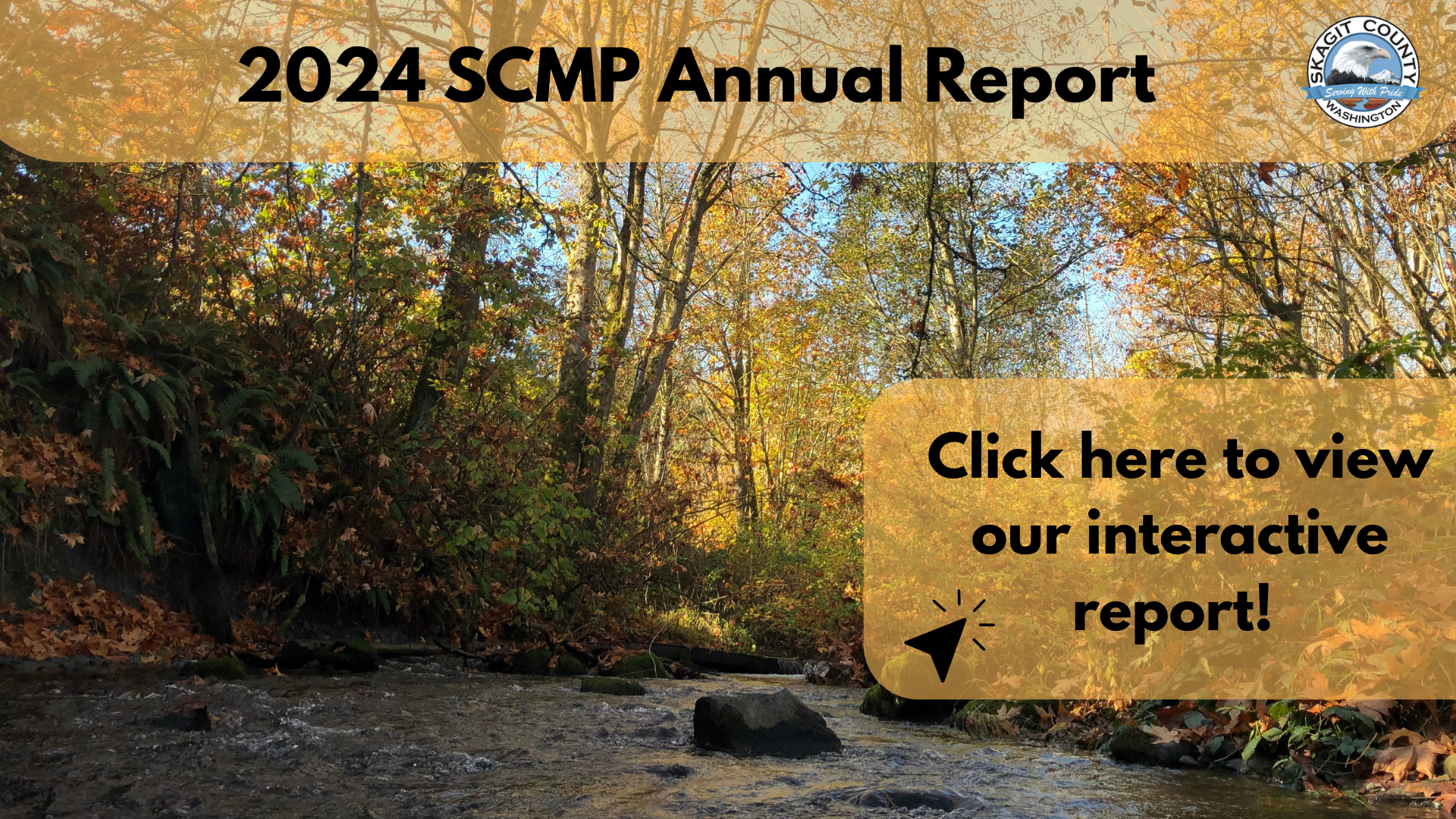 |
|
|
| |
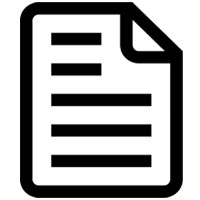
Archived Reports 2004 - 2023
|
|
|
| |
|
|
|
| |
|
|
|
|
|